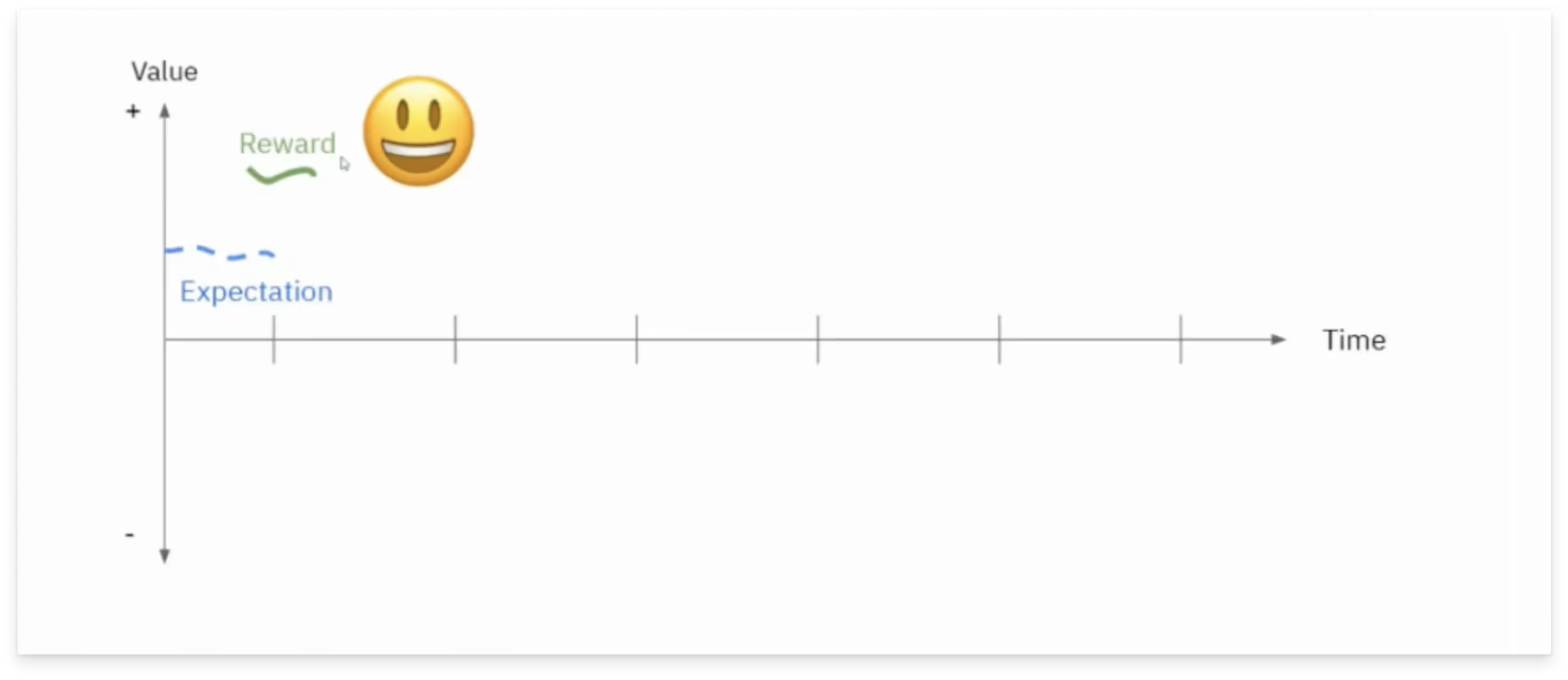Imagine your customer waiting in your conference room with their team. It's a bright day, and expectant faces surround them, all curious to know how the product they just purchased will help make their work lives easier. 10 mins pass by. 20 mins. 30 mins. Still no sign of you, the product's customer onboarding team.
They read through the welcome email again and double-check the schedule for the meeting. They begin to feel the heat inside the air-conditioned room and are pacing around the room impatiently. They second-guess their decision to choose your product and consider canceling the contract and user licenses.
Before we proceed further, to all the customer onboarding and implementation folks out there, apologies for making you experience such a scare with the above scenario.
A second-guessing customer is the worst of nightmares. But we can help you avoid it at all costs. We've curated five easy best practices to help you achieve your onboarding and implementation goals and lead your customers to success.
1. Understand customer expectations
Initially, the customer gathers information about the product from your sales team. They talk to the salesperson about their use cases, look at customer reviews, rankings, expert advice, and more. And when they come on board, they do it with certain expectations they hope you will fulfill. Ed Powers says that when the value you deliver exceeds the customer’s expectations, they feel rewarded and have a positive emotional response. This positive emotional response, in turn, leads the brain to release dopamine, a neurotransmitter linked to rewarding experiences.

What this means in the context of customer experience is that what customers feel is more important than what they think. And if you succeed in exceeding customer expectations every time, you have a happy customer and an advocate for your product.
On the subject of customer expectations, it is important to be on the same page as them. We recommend designing an implementation plan with an SOP of tasks, to calculate planned and actual effort spent for every task. Furthermore, it always helps to get your estimation right. Deepa Vembu, suggests a basic estimation template to capture task details, descriptions, task priority status, task complexity (simple, medium, complex), calculated efforts, and more. She suggests including even the easy-to-miss non-core steps that aid in outcomes, such as planning, documentation, communication, etc.

Prioritize identifying mandatory tasks and identify tasks that might be delayed or taken up after g0-live. Track every task/process in a central repository and update your estimation plan every month. This helps add a sense of urgency at the customer’s end and ensure you and your customers remain aligned on expectations.
Brittany Preseau also suggests developing predetermined questions for the customer onboarding journey - to help understand the customer better and be a better "consultant" in the process.
Read this for more insights on how Rocketlane is implementing changes to our CX during onboarding
2. Craft the perfect onboarding for each customer
No two customers are the same. No two customer onboardings are the same. And there is no one-size fits all methodology when it comes to onboarding. No matter how foolproof you build your customer onboarding to be, there's always room for improvement. You could start taking a more proactive approach to your onboarding. Debrief and reflect on:
(i) Customer onboarding complexities
Have a customer onboarding methodology tailored for each segment. For instance, people experienced in using similar products as the one they are being onboarded for, will not require a high-touch onboarding. Figuring out a customer maturity model will also help you decide where your onboarding process should take the customer in terms of value delivered, usage, adoption, etc.
(ii) Timelines and stakeholder plans
Define the duration of the customer onboarding phase with clarity. This, in turn, will set clear expectations with the customer about the time it will take to go live. Remember to figure out a timeline and stakeholder plan that is acceptable and comfortable for the customer.
(iii) Project blueprints
Break down your project into phases. List key activities under each of the phases. Add these as tasks and sub-tasks to the list. Group some optional aspects into 'advanced set-up' activities to ensure the customer still gets to see that completing these tasks will deliver more value to them even as they start using the product before doing them. A project charter can come in handy.
(iv) Engagement strategies and communication plans
During the kickoff phase, take the time to identify owners for different aspects of the project and assign roles and responsibilities to them. Ensure everyone knows what activities they will be working on and which tasks need to be completed. Create a RACI matrix for this and conduct periodic check-ins with the customer for reviews and feedback. Include a project status report and a project tracker in your communication plan to always know the status of your project.
(v) Onboarding goals and value delivery
For every activity in your customer onboarding journey, take the time to create best practice guides and examples. This makes work easier for your team and your customers. Think beyond go-lives. Account for product/feature adoptions and value delivery in your customer onboarding plan. Introduce workshops or feedback sessions on an ongoing basis to serve as soft deadlines to make these happen.
As you set out to design the perfect onboarding plan for each customer, here are some free, customizable templates to help you get started.
3. Equip the CS team to be your customer’s partners-in-onboarding
Alex Farmer, Founder of Customer Success Excellence, likens a new customer journey to a road trip the customer takes to a destination of business value, wherein the customer is hailing a ride with the vendor. As the customer gets in the back seat, they are greeted and joined by the CSM. The CSM introduces the customer to the Implementation Consultant at the wheel, and the Project Manager in the front seat. While the Implementation Consultant handles the steering, the Project Manager helps with the navigation, and the team explains the route ahead for the customer before starting the journey. Throughout the drive, the CSM does a periodic check in and interacts with the customer to sense-check how it is going for them.
This continues until the customer is set up and ready to take over post-implementation. As the customer moves on to work with the CSM, the Implementation Consultant and the Project Manager hand over the wheels to the customer and step out of the car. The CSM then joins the customer in the front seat and helps the customer navigate the rest of the journey.
In practical terms, the handing over of the wheels to the customer can be seen as the Sales-to-Customer-Success Handoff, which is crucial to building a strong customer relationship. This sales to CSM handoff is what sets the tone for the rest of the process and determines whether the customer achieves their goals and is successful. As Aaron Thompson rightly points out:
Customer Success (CS) = Customer Outcomes (CO) + Customer Experience (CX)
The bottom line is: there is a lot on the CX front that can be achieved during onboarding. As the first major transition from pre-sale to post-sale or activation, the onboarding phase provides an opportunity to focus on the 3 Ds of good CX: Define, Demonstrate, Deliver.
For a detailed overview of Alex Farmer’s thoughts on the role of a CSM, watch his Propel session here.
4. Use customer education to deliver value to customers
We saw how the CSM is to accompany the customer for the entire journey. But in all the excitement to get the customer to love the product, CSMs can get caught up in how well they know the product and focus just on its features. Brittany Lockwood, CSM at Dealpath, says that the spotlight should always be on what the customer is looking to achieve rather than what they need to know about your product. A few practices that she abides by include:
(i) Ensuring that her training sessions flow more like a conversation, with open-ended questions, and are not just a product navigation session or a talk-through of product features
(ii) Asking customers about real-life problems that they are looking to solve with the product
(iii) Asking customers to share their screens during training sessions for a more guided and hands-on implementation.
Jan Young, Principal Consultant at The Success League, also has a few tips to help implement effective customer onboarding and adoption journeys through customer education. She suggests identifying key areas within the customer journey where customer education can help:customer onboarding, launch, product adoption, support. etc. Take a staggered approach to your initiatives, using a drip training/education approach and make space and time for repetition and reinforcement. She also states that users must be empowered to learn from first-hand experiences with the product and by leveraging in-app guides and tooltips for common queries.
At Rocketlane, a week after customers have been onboarded, we request them to give us a 'reverse demo'. That is, show us how they use Rocketlane. This activity helps us to understand how they prefer to use our product and recommend best practices or any process improvements.
To know more about how customer education might be the missing link in your customer success function, check out this podcast with Bill Cushard. And if you want to get started on creating your first 15 training videos, tune into his Propel22 session.
5. Leverage customer onboarding data to get your customer to success
Customer Success teams know very well what metrics they need to track and how they fit into the bigger picture. One often overlooked piece of the puzzle is tracking and understanding customer onboarding data. When you don't track customer onboarding data proactively, the onboarding process tends to turn reactive, and you will primarily be operating based on gut feelings. You will also have no visibility into onboarding performance and customer sentiments.
To avoid this less-than-ideal customer experience during onboarding, your team can use customer data to understand them better and ensure they get the best possible experience with your company. Customer onboarding metrics can be used to course-correct ongoing projects, improve customer experience, and improve team performance. The customer onboarding metrics that can be tracked are CSATs, Customer Effort Scores, Time to First Value, and product adoption and usage, among others.
For more information on what customer onboarding metrics to track and how they can help, refer to this article.
We know accelerating time-to-value and providing delightful customer experiences are some of your top goals. And we are determined to partner with you on this journey of improving the efficiency of your customer onboarding process and building the perfect onboarding methodology for every customer. . We have three resources here that will help you get started on the path to discovering your most efficient customer onboarding process.
- If you are the do-it-yourself kind, head to Rocketlane's Customer Onboarding Maturity Model Survey to discover your current customer onboarding maturity score and uncover valuable insights into your key strengths and opportunities for improvement.
- If you would like a gist on improving your customer onboarding experience in under 15 minutes, listen to this talk by our CEO and co-founder, Srikrishnan Ganesan. And for more such expert talks on customer onboarding and implementation, tune into our podcast called The Launch Station.
- Or, call the guy. We are passionate about delivering delight to customers through onboarding, and we believe we can help you with your customer onboarding experience too. Hop on a call with us and see where we can help you.
Rocketlane is a leader and innovator in customer onboarding. Their onboarding platform helps accelerate value delivery and streamline your customer onboarding and implementation journeys. It creates on-demand visibility, elevates the onboarding experience, and helps run transparent and consistent implementations, making the journey delightful for you and your customers.






















.webp)